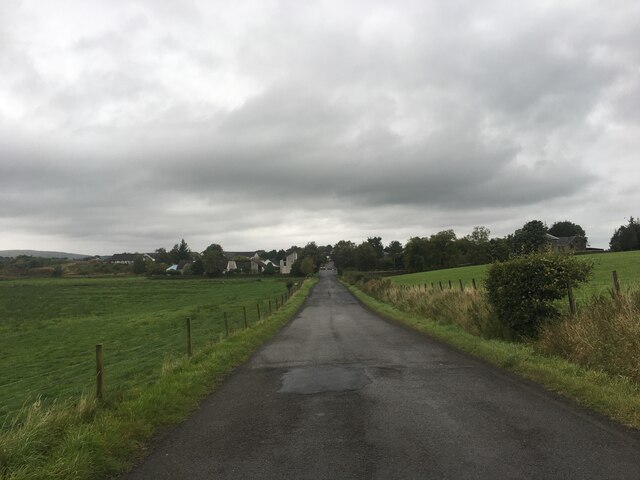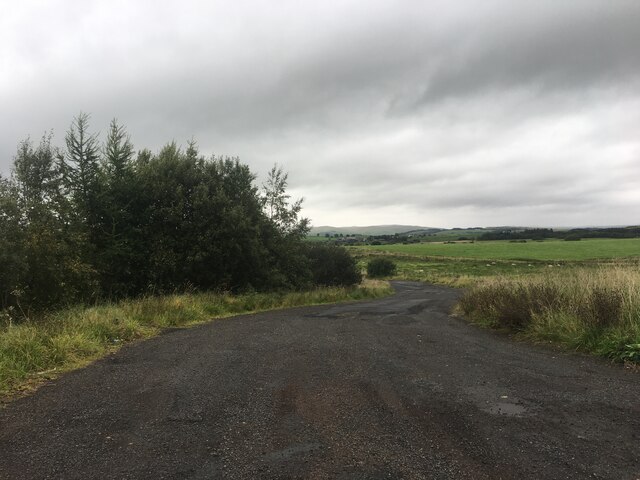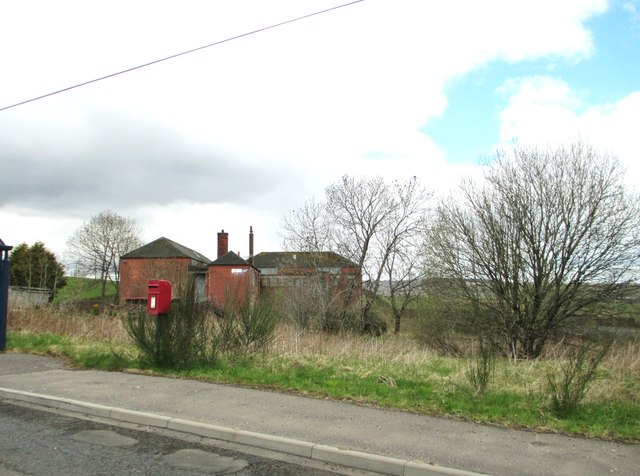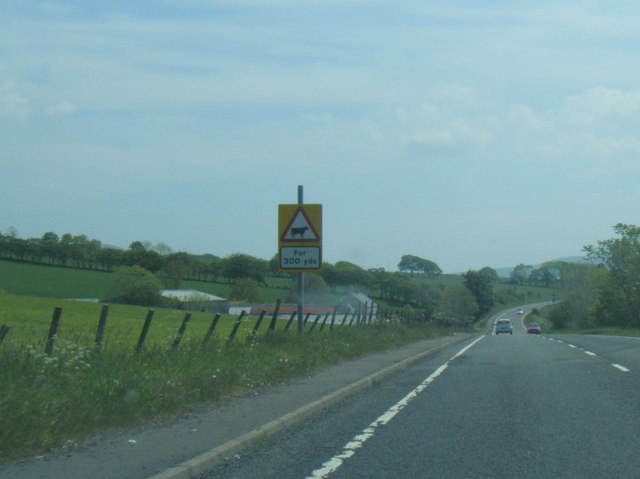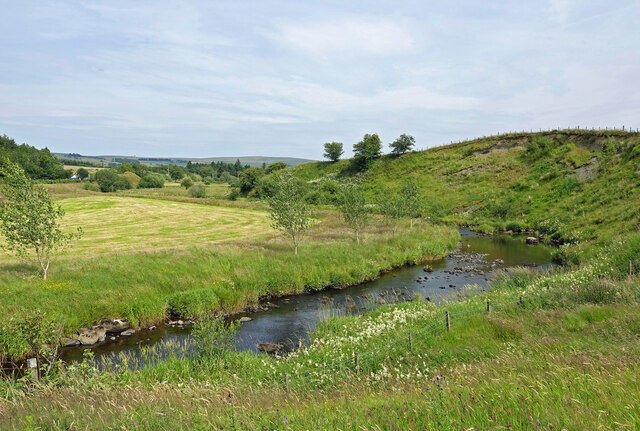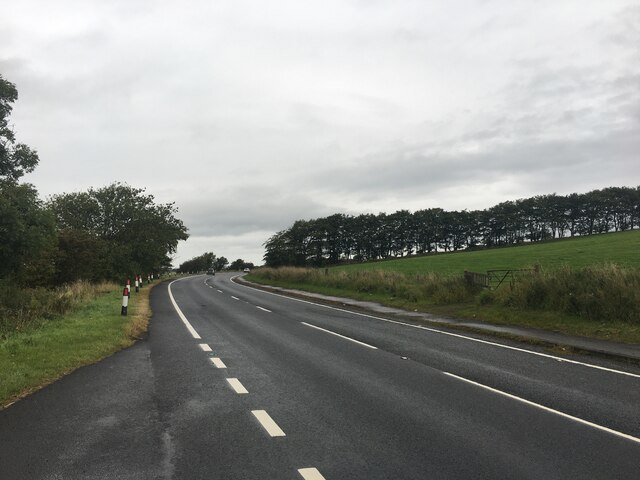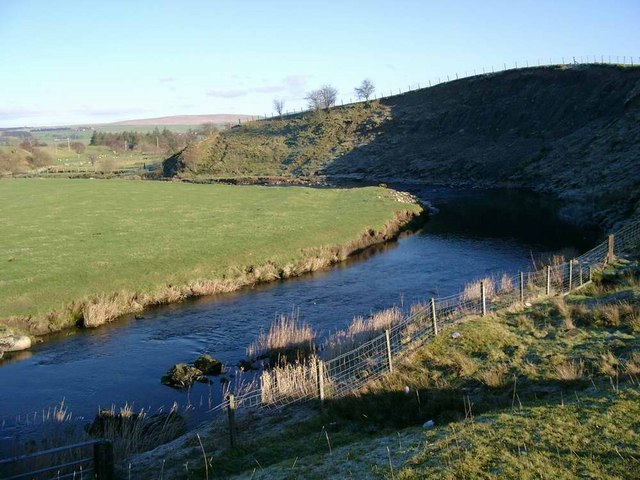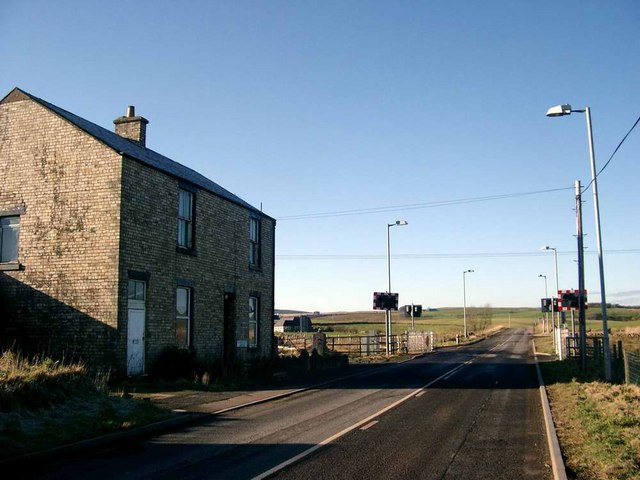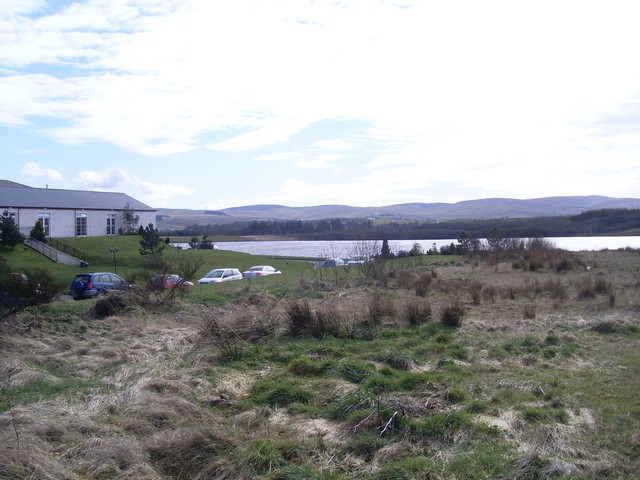Yellow Moss
Downs, Moorland in Ayrshire
Scotland
Yellow Moss
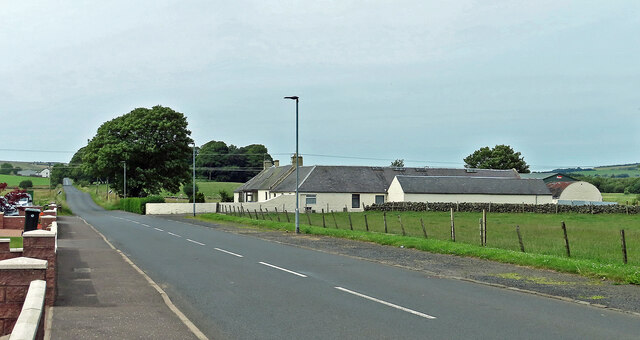
Yellow Moss, Ayrshire, located in southwestern Scotland, is a captivating region known for its picturesque downs and moorland landscapes. Stretching across an area of approximately 100 square miles, this stunning natural area offers a diverse range of flora and fauna, making it a haven for nature enthusiasts and hikers alike.
The downs of Yellow Moss are characterized by gently rolling hills covered in lush green grasses and scattered wildflowers. These expansive grasslands provide a serene and tranquil atmosphere, perfect for leisurely walks or picnics amidst nature. The downs are also home to a variety of bird species, including skylarks and meadow pipits, creating a delightful soundscape for visitors.
The moorland in Yellow Moss presents a contrasting landscape with its rugged and wild terrain. This heathland is covered in dense vegetation, including heather, gorse, and bracken, which adds an enchanting touch of purple and gold hues to the landscape. The moorland is also dotted with small lochs and peat bogs, creating an otherworldly atmosphere.
The region boasts several walking trails and paths, allowing visitors to explore the beauty of Yellow Moss at their own pace. These trails offer stunning panoramic views of the surrounding countryside, with glimpses of the nearby Ayrshire hills and distant coastal cliffs.
Yellow Moss, Ayrshire, is a true gem in Scotland's natural heritage. Its downs and moorland provide a diverse and captivating landscape, offering visitors a chance to immerse themselves in the beauty of nature while enjoying the tranquility and serenity it provides.
If you have any feedback on the listing, please let us know in the comments section below.
Yellow Moss Images
Images are sourced within 2km of 55.401498/-4.1988663 or Grid Reference NS6014. Thanks to Geograph Open Source API. All images are credited.


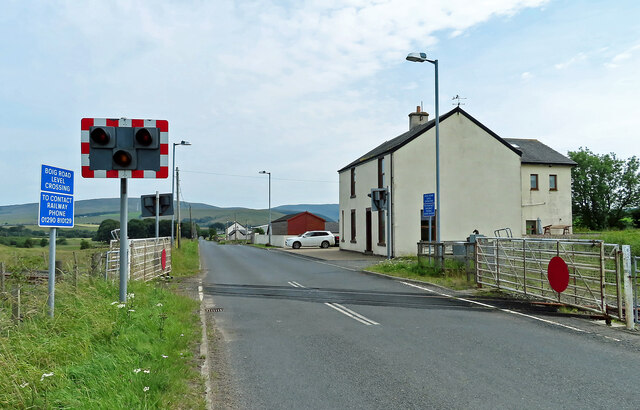
Yellow Moss is located at Grid Ref: NS6014 (Lat: 55.401498, Lng: -4.1988663)
Unitary Authority: East Ayrshire
Police Authority: Ayrshire
What 3 Words
///reframe.ideal.simulator. Near New Cumnock, East Ayrshire
Nearby Locations
Related Wikis
Connel Burn
Connel Burn is a river in East Ayrshire, Scotland which rises at Enoch Hill in the Southern Uplands and flows northwards through Laglaf and Connel Park...
Loch o' th' Lowes (New Cumnock)
Loch o' th' Lowes (NS 60183 14581), Lochside or Meikle Creoch Loch is a freshwater loch in the Parish of New Cumnock in the East Ayrshire Council Area...
Glenafton Athletic F.C.
Glenafton Athletic Football Club is a Scottish football club, based in New Cumnock, Ayrshire. Members of the Scottish Junior Football Association, they...
New Cumnock railway station
New Cumnock railway station is a railway station serving the town of New Cumnock, East Ayrshire, Scotland. The station is managed by ScotRail and is on...
New Cumnock Town Hall
New Cumnock Town Hall is a municipal building in Castle, New Cumnock, East Ayrshire, Scotland. The structure, which is used as a community events venue...
New Cumnock
New Cumnock is a town in East Ayrshire, Scotland. It expanded during the coal-mining era from the late 18th century, and mining remained its key industry...
River Afton
The River Afton (or Afton Water) is a small river in Ayrshire, Scotland, which flows north from Alwhat Hill in the Carsphairn and Scaur Hills, through...
Mansfield, East Ayrshire
Mansfield is a village in East Ayrshire in Scotland. It is north of New Cumnock from which it is separated by the River Nith and the adjacent village of...
Nearby Amenities
Located within 500m of 55.401498,-4.1988663Have you been to Yellow Moss?
Leave your review of Yellow Moss below (or comments, questions and feedback).
